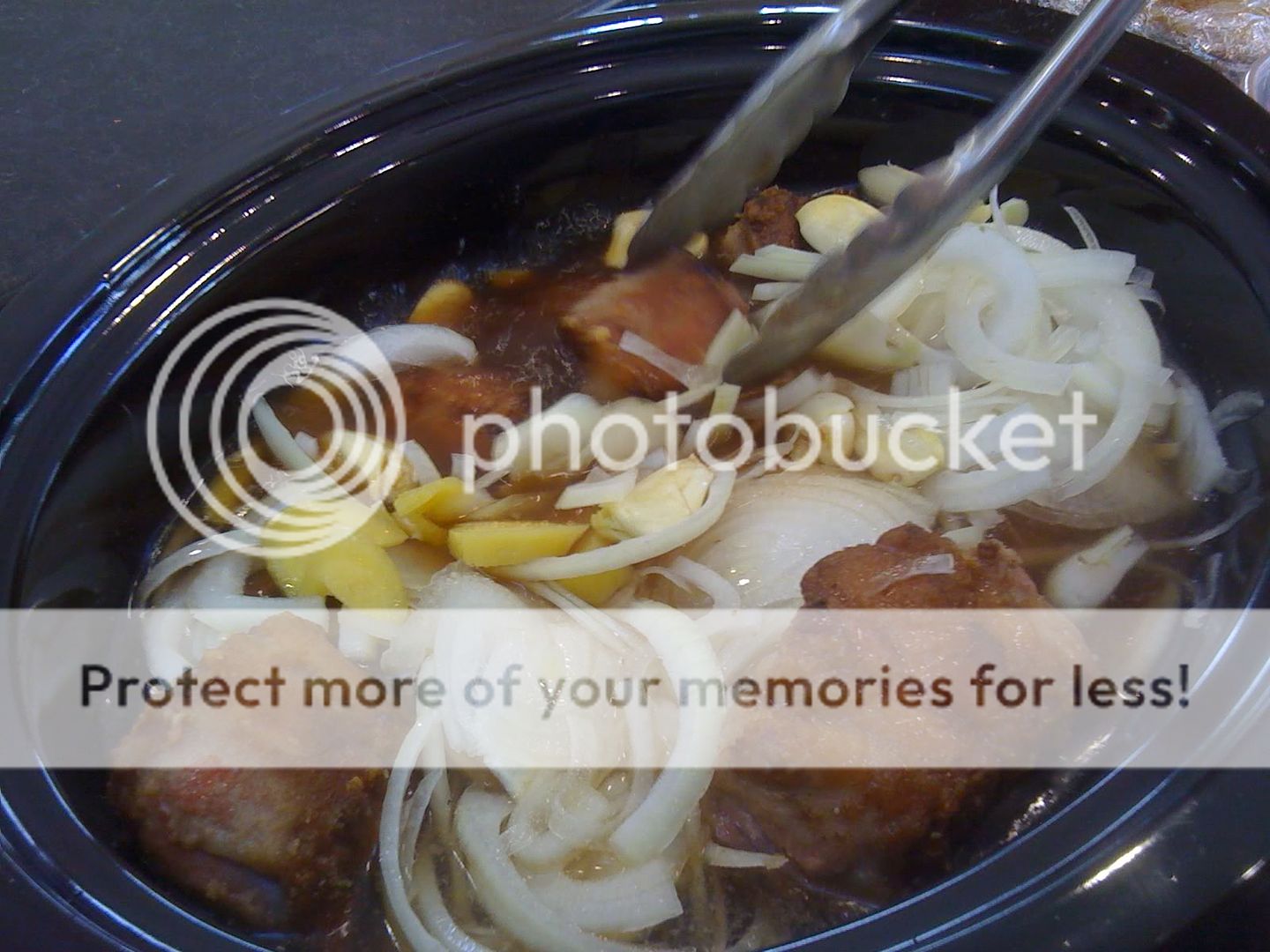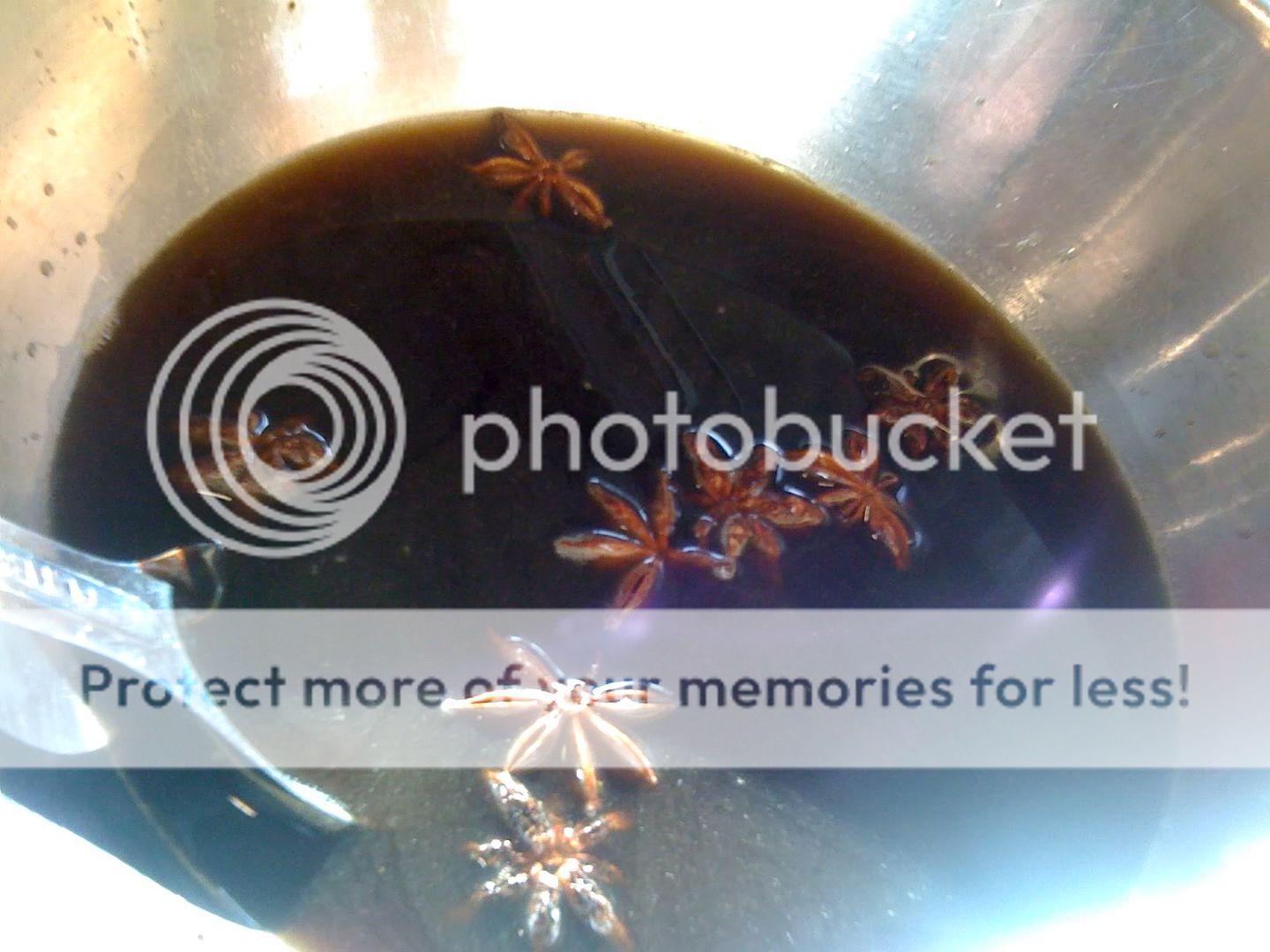Many "food blogs" feature serious photography and insight from professionals. I'm neither a photographer nor professional chef. I'm just a guy who likes to cook and likes to share what I’ve learned with others. All of my food photos are simply taken with my iPhone using available light in my kitchen. So you are seeing exactly what comes out of my kitchen as opposed to lush, artfully composed pictures. The point is that I want to show you what you can do not what experienced pro's can do. Get in your kitchen and cook. It's better for you and for your family in terms of your health and time spent together.
In restaurants, offal has become something of a culinary staple of late. This is due in part to the exposure of offal provided by “celebrity chefs” such as Michael Symon & Chris Cosentino. Both of which were among the early vanguard of “Whole Beast Cookery” in the US long before either of them appeared on Food Network. Many foodies (I hate that term) seek out offal as a means of satisfying a desire for culinary adventure but I and many others feel that the use of these cuts should be treated as something of an obligation rather than mere novelty. The ethos that one should eat what you kill runs strong in hunters and in most, if not all aboriginal peoples. The use of offal makes our occasional consumption of the prime cuts more ethical and provides a touchstone to our cultural and culinary anthropology.
We should all have a stronger connection to where our food comes from. We need to be mindful of the fact that eating meat requires killing an animal. That’s not a bad thing; it’s just something people need to recognize. Meat doesn’t come from styrofoam packaging, it comes from living things. After all, every time you eat a slice of bacon a pig dies and every time you eat a filet mignon a cow dies. Knowing that, it’s a bit criminal to consume only the prime cuts and toss the rest aside don’t you think?
The oft used term “waste materials” is offally (get it?) misleading, as many cultures have a variety of uses for offal, and in some regions certain types of offal are treated as a delicacy. Spend a bit of time speaking with any of your grandparents and you are likely to discover that many of your favorite recipes were once prepared with far less desirable cuts of meat when Grandma was a kid. Getting in touch with that history provides us with a huge opportunity, not only to eat more ethically and sustainably, but to connect ourselves and our families with our past.
So what is Offal? In short it’s the bits of a meat animal which are used for food but which are not skeletal muscle. The term literally means “off fall” or the pieces which fall from a carcass when it is butchered. It’s everything from organ meats like kidney, liver, brain, stomach (tripe) and thymus (sweetbreads) to the less desirable tissue cuts such as shanks, knuckles, short-ribs and for the purpose of this tome, the oxtail.
When Grandma was a kid or perhaps a bit before, oxtails did come from oxen, but these days they are simply the tails of beef cattle. The consumption of oxtails dates back as far as the consumption of beef, when no part of the animal went to waste. Every part of the animal was utilized, and the tail made for a wonderful hearty soup that dramatically stretched a small amount of meat with the addition of any variety of vegetables. The reason for the heartiness, the stick to your ribs sorta lip-smacking goodness of these dishes is the very reason why they are “less desirable” cuts. They are mostly bone, connective tissue and cartilage. All of those “non-meat” bits are full of collagen which breaks down in the cooking process and creates a thick, rich sauce that just screams comfort food.
There is however a very specific cooking process that must be used in order to extract that goodness. There is no quick way to prepare them. This takes time and lots of it which gives me the opportunity to discuss another cooking process that opens the door to tons of recipes. The braise.
Braising is a method of cooking mainly used for these tougher cuts of meat that uses a long cooking time, low temperature and a combination of moist and dry heat in order to break down the collagen in the connective tissue and tough muscle fiber. Attempt to cook an oxtail or a chuck by grilling or roasting and the result will be boot leather tough and not fit to eat but I suppose you could use it as a doorstop. However, take that same cut of meat and braise it for many hours and the result is tender, juicy and delicious.
The process is simple, it just takes time to work. And, it’s the same process you’ll use for any braised dish such as pot roast, coq au vin, lamb shanks or oso bucco. First off, rinse and pat-dry the meat and allow it to come up to room temperature on the counter.
Break out the cast iron skillet and get it up to a medium-high heat. Then season the meat with kosher salt and freshly ground pepper and lightly dredge in flour. Add a bit of oil to your skillet and sear the oxtails until brown on all surfaces. Despite browning being a quick and high-heat process the caramelization of the meat adds to the flavor of the dish. Don’t skip this.
Now the key bit. You’ll take your meat and transfer it to whatever you are going to cook it in. Then deglace the skillet with a bit of wine or stock and pour the goodies you’re your pot. As for the cooking vessel itself, your best bets are either a Dutch Oven or a crock pot. The Dutch Oven can be used on the stovetop at a very low simmer or popped into a 350 degree oven for 1-6hrs or so depending on the meat. Cook till tender. A big chuck roast will take much longer than oxtails or oso bucco. As for the crock pot, brown your meat, deglace the pan and put both in the fridge till morning, then set it on low and let it do it’s thing until you get home from work.
Regardless of the cooking vessel you’ll combine the meat and your deglace with enough stock and water, or stock and wine to cover all but about 1/3 of the meat along with the rest of your recipe’s ingredients and let it cook until fork tender. Once the meat is cooked, carefully remove it from the pot and take a portion of the remaining liquid and reduce it by about ½ of the stovetop, you’ll used this as a sauce to ladle over your meat.
What you add to the pot depends on what you are cooking. Regardless of the recipe though, the braising process is the same. In this preparation though my wife, Kathy is making an Asian spiced oxtail which called for the following:
- 10 cloves garlic
- Large Onion, julienned
- 1/2c low salt soy sauce (I prefer Aloha Soy which is much milder than Kikoman)
- 8 star anise
- 1/2doz thin slices of fresh ginger
- 3tbsp brown sugar
- 1tbsp of Asian bean sauce
Dissolve the sugar and bean sauce in the soy and toss the star anise into the liquid to soften them up a bit before adding it to your pot.
Serve with some sauteed baby bok choy and rice (or Israeli Cous-Cous if you suddenly discover you are out of rice as we did...doh!) and a wine or beer that has a strong enough flavor profile to stand up to the richness of the meat. The result here was out of this world! The aroma of the star anise fills your nose just before the first bite which then fills your mouth with an amazingly tender, juicy and deeply flavored meat.
Hope you are enjoying these!







No comments:
Post a Comment